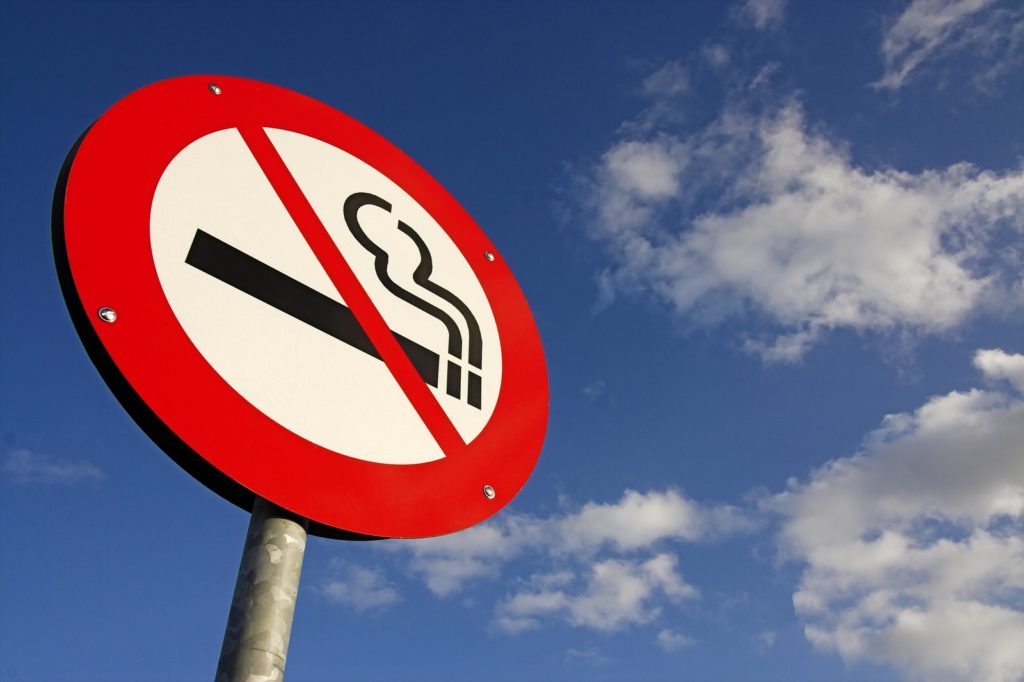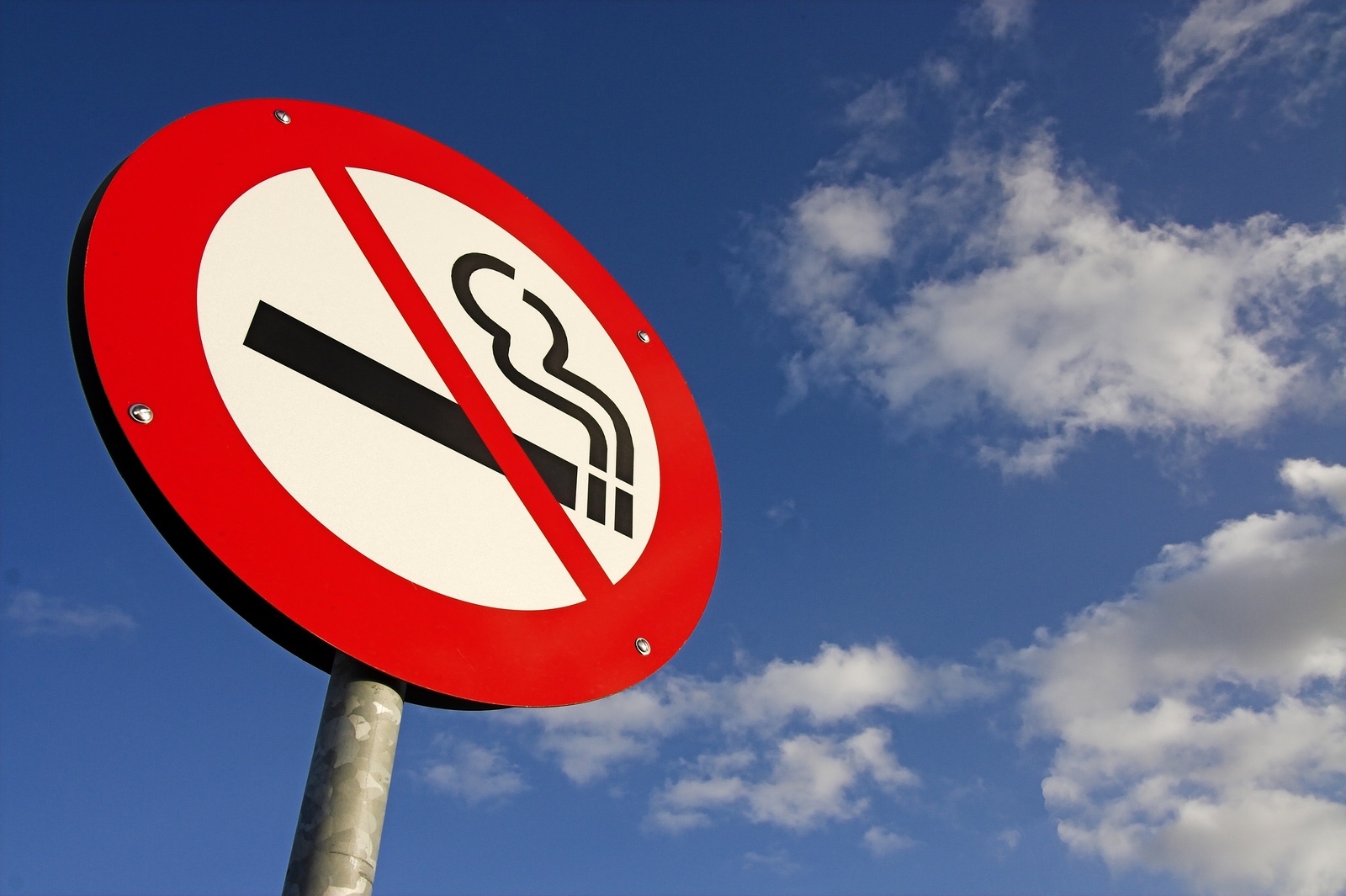
Selling a home that reeks of tobacco smoke is quite the accomplishment and that you purchased it makes you one brave buckaroo. The accolades don’t help, though, when you come home from work, open the door and the stench hits your nose.
The good news is that 20 percent fewer Americans smoke cigarettes now than they did in 2005 and at this point, smokers represent only 17.8 percent of the population, according to the Centers for Disease Control and Prevention.
The bad news is that you fell head over heels for a home in which one of these Americans lived, and smoked. Cigarette smoke sticks to everything, from the carpets and walls to the entire HVAC system. If it were cheap and easy to remove, trust us, the seller would’ve done it. Instead, you inherited the stink and the toxins that cigarette smoking left behind. Let’s take a look at ways to get rid of the gunk.
Start with the walls
You’ve no doubt done your online research on the subject and you’re armed with a bottle of vinegar and water. Guess what? It doesn’t work. What just might work on the walls and the ceiling is a mixture of one part of chlorine bleach diluted with five parts of water.
NOTE: Never mix bleach with anything but water. Combining chlorine bleach with ammonia or certain other products is especially dangerous because it creates a toxic gas.
Perform the cleaning on a day when the kids are in school because bleach is especially nasty on developing lungs. Open all the windows before you start and don a pair of chemical-proof gloves. If at any time during the process you feel woozy or you start coughing, go outside and get fresh air.
Scary, right? If you wear a breathing mask and protective gloves you should be ok. Use a sponge dipped in the solution to scrub the walls and ceiling. Rinse the sponge repeatedly to ensure you aren’t reapplying the residue back to the surfaces.
If you prefer not to mess with bleach, try TSP — although it, too, comes with warnings. Before you decide, read Bob Villa’s pros and cons.
If you have a large home, you may want to hire someone to help you or, better yet, to do the whole job.
Cover it
Once the walls are clean you’ll need to seal them with primer and the best primer to block cigarette smoke residue is KILZ. It will seal in the stink and set the walls up for that gorgeous paint you’ve been dying to slap on them.
Get rid of odor holders
There are a few other areas of the home that need your attention. Anything made of fabric needs to be ripped out and tossed. This includes carpet and draperies included in the sale. No matter how many times you shampoo that carpet the smell will cling. It’s most likely penetrated the padding under the carpet as well.
Remove the HVAC registers and toss them in the dishwasher. If they still aren’t clean, soak them in extra-hot water and your favorite cleaning product (I like ammonia for sticky residues but remember not to mix it with bleach). You may need to use an old toothbrush to get into the slats. While they’re soaking, peer into the ducts to see if there is dust, as that is an odor magnet. If so, clear it out.
Did you know that grease also absorbs odors? That’s not just stale food you smell in the kitchen and the range hood is probably the culprit. Look under it – especially at the small mesh filter. If it’s caked with grease, it’s probably another source of the tobacco smell in the home.
You have two options here: try to clean it (easier said than done), or buy a new filter (the big home improvement stores sell them for as little as $10).
Hopefully, you’ll be painting the kitchen as well, so the KILZ and lovely new paint will get rid of what’s left of the stench.
The air you breathe – and smell
Getting rid of the HVAC filter and installing a new one is a no-brainer, but what about the rest of the HVAC system? If someone was puffing toxic fumes in the home for a number of years, and the fumes were sucked into the system, it’s only logical that the various components might need to be cleaned as well. This, of course, calls for a professional, but here’s what we were able to learn.
If you turn on the unit and smell tobacco the residue may be clinging to the evaporator coil (if you have one), the blower fan, around the heat exchanger, plenums, and grille boots. A professional can take a look at these components and clean them, if necessary.
Finally, you’ll need to clean woodwork and glass. This means all of the cabinetry (don’t neglect the insides of drawers and cabinets), mirrors, windows, light fixtures and ceiling fans. If all else fails, you may need to sand and stain the cabinetry in the bathrooms and kitchen and any wooden built-ins.
If the smell lingers, despite your hard work, you may consider using an ozone generator. Before you do, please consider the facts in this article from the U.S. Environmental Protection Agency.
Cigarette smoke is insidious and will creep into every crack and cranny in the home. Getting rid of it isn’t impossible, but it will take time.
